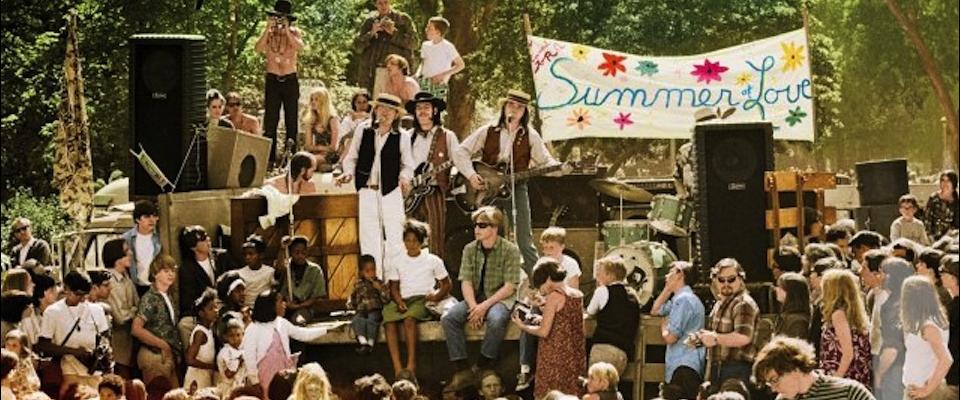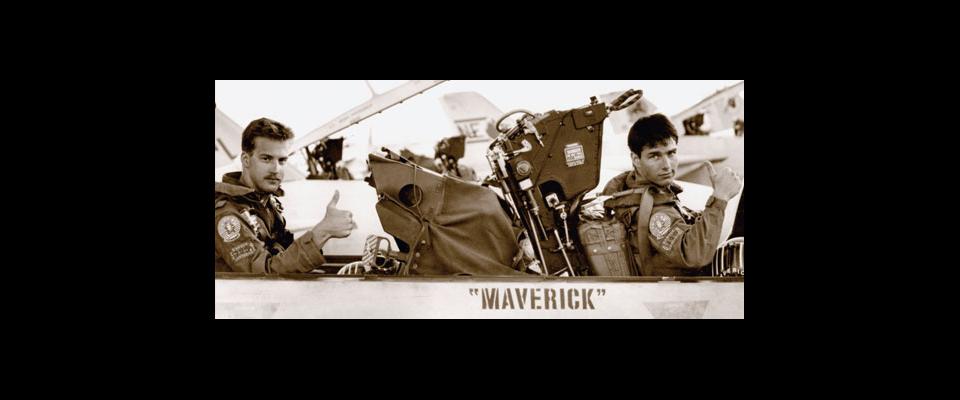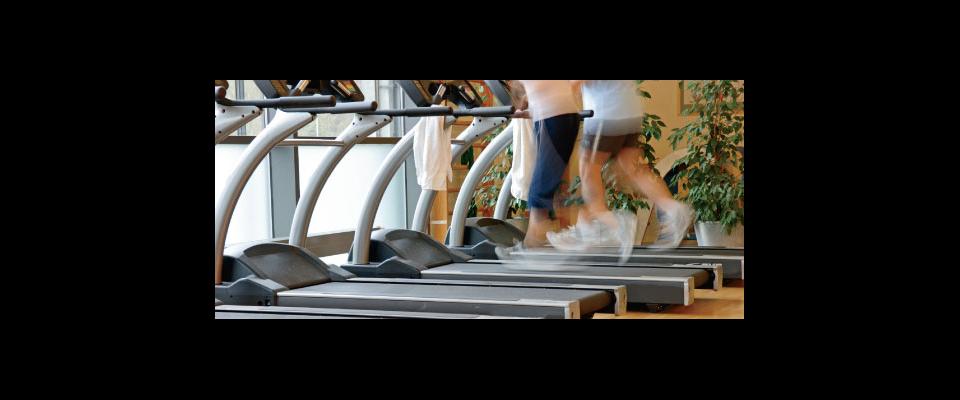Forty years later, the Summer of Love’s unrequited romance.
It seems like hundreds of years and it also seems like not too much time at all,” Jerry Garcia was saying in 1976. He was reminiscing about the Summer of Love, the evanescent phenomenon that swept the Bay Area a decade before.
It took shape, certainly, in San Francisco and Berkeley—but also in Palo Alto and in Cambridge, Massachusetts, where Ken Kesey and Timothy Leary were experimenting with, and handing out doses of, the hallucinogenic LSD. But that was back in ’64 and ’65, when the Warlocks, who played at Kesey’s parties, hadn’t yet renamed themselves the Grateful Dead. When folkies, converted by the Beatles, the Stones, and Dylan, embraced rock music. When the first dance concerts were named for either comic characters or drugs: “A Tribute to Dr. Strange,” the “Trips Festival.”
If you were more inclined toward politics than parties, the societal changes began earlier in the decade, when college students created enclaves of budding activists, protesting against a war in Southeast Asia and for civil rights in the South. In the Bay Area, Berkeley was the hotbed of political activity, sparked by the Free Speech Movement in 1964, and making a joke of UC President Clark Kerr’s prediction, in 1959, that the students of “this generation … aren’t going to press many grievances …. There aren’t going to be any riots.”
At San Francisco State, the administration responded to calls for free speech by putting up a redwood stage on the campus quad, available to pretty much anyone who had—or thought they had—something to say. And that’s where (in ’60s vernacular) I was at. For me, the year was 1965. I’d joined the campus newspaper staff as a reporter—just in time for the Sixties. Against the drab backdrop of the urban college’s cookie-cutter buildings, activists stood out— characters such as George Hunter, a designer who dug rock music. He had Beatles-style hair and he’d show up almost every day wearing some kind of Western outfit or a tapered Italian suit with pointy boots, and he’d hit the Tubs, a collection of barracks turned into student government and snack huts, where he’d startle people by cranking up the jukebox and dancing by himself. Later, in the cafeteria, he’d join a table of hipsters and rap about politics, anthropology, dreams, and drugs. His dreams included a rock band, and, although he didn’t play music, he put one together: the Charlatans. Hunter, his peers say, was the first dropout. Only he wasn’t a dropout. He wasn’t even enrolled at SF State.
I wrote an article about Hunter’s crowd, and the headline referred to them as “the happy people.” They congregated on campus; many of them lived in a friendly, low-rent neighborhood called the Haight-Ashbury, and at night, they could be found at dance concerts put on by Bill Graham and the Family Dog at the Fillmore Auditorium and the Avalon Ballroom. My friends and I—all of us into media, music, and the occasional toke of grass—made the scene and got swept up in a swirl of sensations, of innovative light shows on the walls behind the stage, pulsing in time with the music. People painted flowers on each other’s faces and bodies. Most of all, they danced, sometimes without partners, often with no style, always with abandon. They spun around to the music of bands like Chocolate Watchband, the Grateful Dead, Jefferson Airplane, and, yes, George Hunter’s band, the Charlatans.
The Charlatans had spent part of the summer of ’65 in Virginia City, Nevada, at an old Western bar called the Red Dog Saloon, serving as the house band. Hunter had recruited actual musicians, but the Charlatans were better known for dressing up in antique threads and cowboy gear and for carrying guns and marijuana than for their musical performances. Still, they were acknowledged as the first psychedelic band, and when they returned to San Francisco, they were central to the new, hip rock scene.
That scene had become a whirlwind, but it was—by its own design—a two-headed scene. In Berkeley, the main concern centered on politics. For Berkeley activists, what was going on in the Haight seemed trivial. In San Francisco, the acidheads and “flower children” were content, for the most part, to stay apolitical. As Garcia told one interviewer, “We just seek an uncluttered life.”
But those two sensibilities slammed together in a single event early in 1967. It was organized by a group of Haight heavies, including Allen Cohen, an editor of the psychedelic newspaper, The Oracle, and the Thelin brothers, Ron and Jay, proprietors of the Psychedelic Shop. “A union of love and activism previously separated by categorical dogma and label mongering will finally occur ecstatically,” Cohen rhapsodized in a press release and in notices posted all over the Bay Area, “when Berkeley political activists and hip community and San Francisco’s spiritual generation and contingents from the emerging revolutionary generation all over California meet for a Gathering of the Tribes for a Human Be-In at the Polo Fields in Golden Gate Park on Saturday, January 14, 1967, from 1 to 5 p.m.”
Continuing his euphoria, he announced: “Everyone is invited to bring costumes, blankets, bells, flags, symbols, cymbals, drums, beads, feathers, flowers. The Human Be-In is the joyful, face-to-face beginning of the new epoch.”
On a crisp winter day, more than 20,000 people showed up. Their hair was crew cut or long and wild. They wore tie-dyed shirts and pants, shawls and capes, kerchiefs and top hats. In the throng packing a meadow the size of six square city blocks were Mary, my college girlfriend, and me. She wore a flower-print dress, and I put on jeans and an army shirt that I’d picked up at a thrift shop. We sat on the grass surrounded by college kids and young people with vagabond looks about them and every few minutes, food, wine, or a lit joint was passed from hand to hand. We were also aware, from our brief experiences with the overall scene, that baked brownies likely contained pot, and that LSD, which had been handed out so freely at concerts before it was outlawed the previous October, could be mixed into anything from Kool-Aid to turkey sandwiches. Mary had no interest in drugs, and told me how guys would try to get her under the spell of pot or psychedelics in order to take advantage of her. And so we declined the offers as graciously as we could.
Allen Ginsberg, the Beat poet, sat on an Indian rug on stage, played finger cymbals, and chanted, repeatedly, “We are all one.” Timothy Leary, a graying Berkeley Ph.D. with a sprig of yellow daisies tucked behind each ear, implored us to “turn on, tune in, and drop out”—of high school, college, and graduate school.
Mary and I wandered the field, sampling the sights and sounds and comradeship. All around us, people were taking photos and movie cameras whirred. The prevalent feeling seemed to be that while this was huge, it might not happen again. Gary Duncan, a member of Quicksilver Messenger Service, remembers a band mate, David Freiberg, spotting television newscasters and saying, “Goddamn it; it’s over, man.”
But the Summer of Love would flower on.
The Reverend Marti Lanham of Burton, Washington, tried summing the whole thing up: “‘Got any spare change?’ rang out at every corner. We asked for change just to get the feeling. Folks arriving in carloads. People with love eyes. Flowers smiling. Dogs laughing. Babies singing. So much learning took place. Mine eyes have seen the glory of the coming of the children. We all wanted to be everything that was ‘yes.’”
As LSD, the most popular psychedelic, was credited with opening doors to perception and self-awareness, it was the Human Be-In, and the publicity it generated, that opened the floodgates to the Haight, with its cheap rents and quaint Victorians that had previously accommodated mostly students and professors. Coffee shops and stores opened to serve the new clientele. One was the Magic Theatre. Another was the Psychedelic Shop, where you could purchase books, records, and other essentials, including patchouli oil, incense, beads, bells, stash boxes, and hash pipes.
“The media descended on the psychedelic scene in the Bay Area, and in some way created it into something other than what it was,” says David Getz, drummer with Big Brother and the Holding Company. Images of the morphing and moiling Haight—along with articles in local and national newspapers and magazines— served to draw more young and youthful people eager to experience what helped give San Francisco its reputation as a libertine city. There were predictions that as many as 100,000 young people—many of them runaways—were on their way.
“All of us were really rejects from other towns,” Rock Scully, a former manager of the Grateful Dead told me. “We were pretty big swellheads that had stood out like sore thumbs in other communities, and had split. And for the most part San Francisco’s made up of these people who’ve come from all these different towns. They did have this one thing in common: They’d been weird in high school.”
“There was a period of time in 1965 and ’66 when I thought the millennium had come,” said Victor Moscoso, a pioneer poster artist. “A benevolent virus had descended and happened to hit San Francisco and was spreading out. Pretty soon everybody was going to live by the Golden Rule and treat everybody the way they wanted to be treated.”
But, unlike the Beats of the ’50s, Scully said, “We were more into grass than wine; more into experimenting with psychedelics than the older guys were. It was a quest of ours to find good weed and smoke it every day. And to take psychedelics: to be careful with them, but to find out what they did for you.”
My friends and I stopped going to the Haight; suddenly, it was no longer ours. Streets got cluttered, and as youngsters began living communally, taking drugs, and engaging in “free love,” they began to face the inevitable consequences. Organizations like The Haight Ashbury Free Clinic and the Diggers came to the movement out of dire necessity.
The Diggers, a collective of anarchist actors who sought to change the country, responded to the tumult of the Summer of Love with acts of philanthropy. They opened a “Free Store” in which people could find and take whatever clothing they liked. And every day they cooked meals in Golden Gate Park. As for where the food came from—that, too, was a bit of theater. Early every day, group members—in particular, the women—would hit area produce and meat markets and work their charms on the purveyors. And if that didn’t produce enough to feed the masses, other Diggers weren’t averse to acquiring food simply by taking it.
Tourists began to appear, some of them arriving on the first visible sign of the commercialization of the scene: “Hippie Hop” bus tours. As the driver read from a script, visitors snapped photos of the mix of locals and runaways. Some hippies held up shards of mirrors, so that the tourists would see only themselves. Others hawked copies of underground papers or booklets on, among other things, how to roll a joint—a sort of Getting Stoned for Dummies.
Playing their parts in a media-fulfilling prophesy, the hordes continued to descend on the Haight and the nearby Panhandle neighborhood bordering Golden Gate Park. “They were straining the resources and infrastructure of the city,” remembered Peter Coyote, the actor, a member of the Diggers during the Summer of Love. “What could there be but trouble?” By fall, many locals had had enough. On October 6, dozens of Haight denizens paraded up the fabled street for another event. Several of them pretended to be pallbearers, carrying a coffin and—on a wooden stretcher—a long-haired man. This was the Death of Hippie, Loyal Son of Media. Of course, the “funeral” itself was another media event. But, as the nascent Rolling Stone editorialized, “It will take more than the funeral to rescue the vision.”
The vision continued to blur. Drugs, which had been a recreational, spiritual, fun enhancement of life among kids and seekers, were turning into a stone-cold, hard-bucks business to more and more dealers. Peter Albin of Big Brother and the Holding Company told me: “In 1967, it went from ‘Acid-speed-lids’ to, two months later, ‘acid-speed-smack-and-crystals.’”
Rock stars weren’t immune. Janis Joplin, the waiflike, barbed-wire-throated singer for Big Brother, died of an overdose in 1970, just weeks after Jimi Hendrix and less than a year before Jim Morrison. And those were the most prominent of the thousands of early casualties.
After the deaths of two prominent dealers, police began sweeps of the streets, rousting homeless people as well as dealers. Soon, stores began to shutter, long-time residents fled for other neighborhoods or towns, and the runaways began to run the other way, home. Then in the mid-’70s came gentrification. Baby boomers moved in and spruced up their homes. Nice restaurants, boutiques, and bookstores popped up. So did a Gap store and, at the corner of Haight and Ashbury, a Ben & Jerry’s ice cream shop, featuring a flavor called “Cherry Garcia.”
I like to think that the essence of the Sixties (the catch-all phrase that the Summer of Love fell into) is with us still, and not just because tourists still flock to the Haight- Ashbury, looking for souvenirs and remnants of what they suppose used to be. Not because I still meet teenagers who identify themselves as Deadheads, have Jerry Garcia posters tacked on the bedroom walls, and enjoy Sixties music more than punk or hip-hop.
I think of the Sixties and am gratified when Earth Day comes around, because it reminds us of the more concerned and prescient and cause-committed of our generation. I am also still gratified to have been a music fan and journalist most of my life, especially when I think of how, during the Sixties, the San Francisco scene fostered a whole new way concerts were presented and appreciated, thanks to Bill Graham and Chet Helms. Back then the Bay Area was home to one of the pioneer free-form rock stations that brought FM to life and changed the radio industry. Bay Area artists helped change the rules of the music business in favor of artists. The Sixties were a pre-Napster world.
But when I see or hear about people who never recovered from drugs and other excesses, I think of what Country Joe, Janis Joplin’s onetime lover, told me for a special issue of Rolling Stone. “I feel bad about some of the stuff I did, telling people anything was OK,” he said. “In the Sixties we were playing with fire. There were people who just took it literally. They got strung out on drugs and killed themselves and other people …. ‘Free love’ and ‘make revolution’ really got out of hand, and every band out of San Francisco in the Sixties was responsible in some way for promoting an image which was really unfair, because the things that were available to us—money, protection, living in a kind of insular society—weren’t available to the average working-class young person, and they took hard knocks.”
David Crosby, who would know, has admitted, “We were wrong about the drugs.” But, he added, “We were right about everything else.”
In his memoir, Sleeping Where I Fall, Peter Coyote noted: “Every culture has its priests and devils, its intoxications and follies, and the counterculture we created was neither more nor less ethical, diverse, or contradictory than the majority culture. You can’t grow tomatoes without shit, they say, and while we may have had much of the latter, we also had plentiful tomatoes. The ideas and moral positions that emerged during this period—the civil rights movement, the peace movement, the ecology movement, feminism, holistic medicine, organic farming, numerous alternative physical and spiritual therapies and disciplines, and perhaps most important, bioregional or watershed political organization—were abetted by agents like the people remembered here: flawed and imperfect people, certainly, but genuinely dedicated to creating more enlightened options.
Today’s university students seem eerily quiet. A few blocks from the Haight, an administrator at the Urban School, an alternative private high school, says the students are “the direct opposite, in some respects, from the students of the Sixties. Today’s kids want the respect of their teachers.”
So the Summer of Love went fallow and the Sixties eventually gave way to the “Me Decade” and to whatever it is that exists in MySpace and Facebook. With no new baby boom in sight, a Summer of Love is unlikely to happen again. But to remember its best intentions and its most glorious moments, to continue to learn from its harshest lessons, and to support the benefic movements it generated, is to make what happened in the Bay Area 40 summers and then some ago, live endlessly.





















